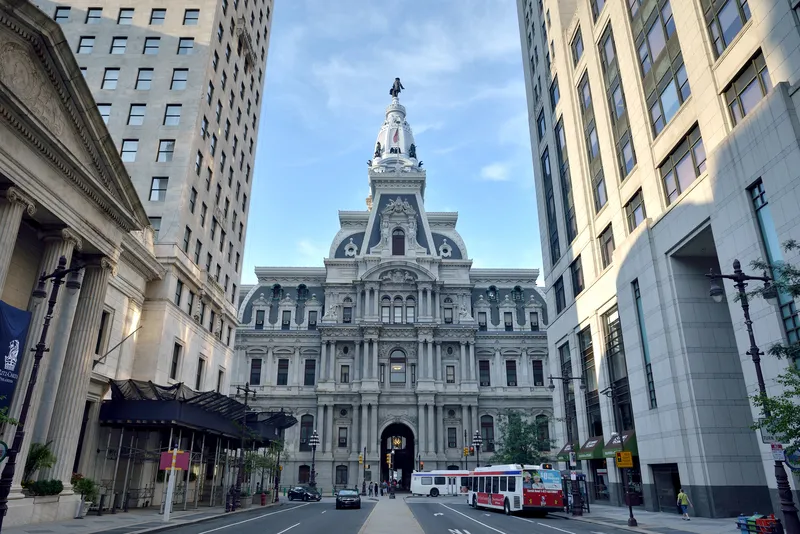Humberside Police has admitted to hiding cameras in farm vehicles in a bid to catch speeding bikers on a high casualty rural road in East Yorkshire, despite advice from the Government that ‘vehicles from which mobile speed cameras can be deployed should be liveried and clearly identifiable as an enforcement vehicle’.
Humberside Police admitted go the Daily Mail it had employed the new tactics as part of an ongoing aim to reduce the number of motorcyclists killed or seriously injured on the B1253 in East
October 1, 2015
Read time: 2 mins
Humberside Police has admitted to hiding cameras in farm vehicles in a bid to catch speeding bikers on a high casualty rural road in East Yorkshire, despite advice from the Government that ‘vehicles from which mobile speed cameras can be deployed should be liveried and clearly identifiable as an enforcement vehicle’.
Humberside Police admitted go the Daily Mail it had employed the new tactics as part of an ongoing aim to reduce the number of motorcyclists killed or seriously injured on the B1253 in East Yorkshire. There have been 76 collisions on the road in the past decade, 19 of which were serious and three fatal.
The Department for Transport has said that vehicles from which mobile speed cameras are deployed should be liveried and clearly identifiable as an enforcement vehicle.
Inspector Mark Hughes from Humberside Police Road Policing told the paper: “At the moment Humberside Police are conducting Operation Kansas in the East Riding of Yorkshire.
He said the operation was running alongside the force’s Operation Achilles, which is concerned with ‘high end’ speeding offenders in East Riding, deploying speed cameras, which are located in a variety of stationary vehicles.
He went on: “Vehicles which are detected travelling at very high speeds are stopped further along the road and drivers/riders are spoken to and dealt with at the roadside. Although the majority of offenders are motorcycles, a number of cars are also dealt with on this operation. We regularly record speeds in the high 90s and over 100 mph, these being on country roads where the national speed limit of 60 mph is in force.”
Speaking to the BBC RAC's Simon Williams said that speeding is a factor in many accidents but hiding speed cameras is not the answer. He said, “Speed cameras, painted yellow, are used at accident black spots as a highly effective way of getting motorists to slow down."
Humberside Police admitted go the Daily Mail it had employed the new tactics as part of an ongoing aim to reduce the number of motorcyclists killed or seriously injured on the B1253 in East Yorkshire. There have been 76 collisions on the road in the past decade, 19 of which were serious and three fatal.
The Department for Transport has said that vehicles from which mobile speed cameras are deployed should be liveried and clearly identifiable as an enforcement vehicle.
Inspector Mark Hughes from Humberside Police Road Policing told the paper: “At the moment Humberside Police are conducting Operation Kansas in the East Riding of Yorkshire.
He said the operation was running alongside the force’s Operation Achilles, which is concerned with ‘high end’ speeding offenders in East Riding, deploying speed cameras, which are located in a variety of stationary vehicles.
He went on: “Vehicles which are detected travelling at very high speeds are stopped further along the road and drivers/riders are spoken to and dealt with at the roadside. Although the majority of offenders are motorcycles, a number of cars are also dealt with on this operation. We regularly record speeds in the high 90s and over 100 mph, these being on country roads where the national speed limit of 60 mph is in force.”
Speaking to the BBC RAC's Simon Williams said that speeding is a factor in many accidents but hiding speed cameras is not the answer. He said, “Speed cameras, painted yellow, are used at accident black spots as a highly effective way of getting motorists to slow down."









